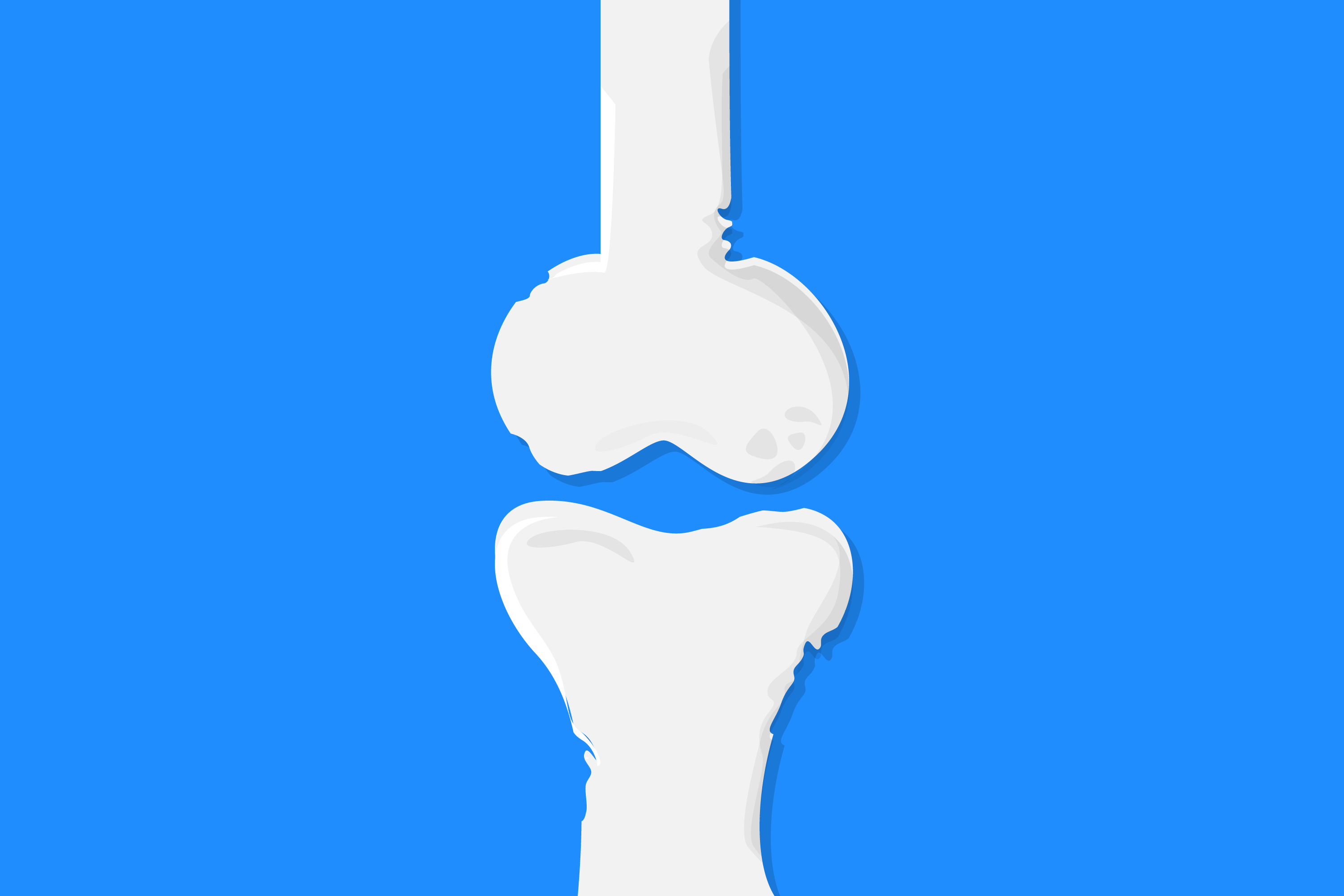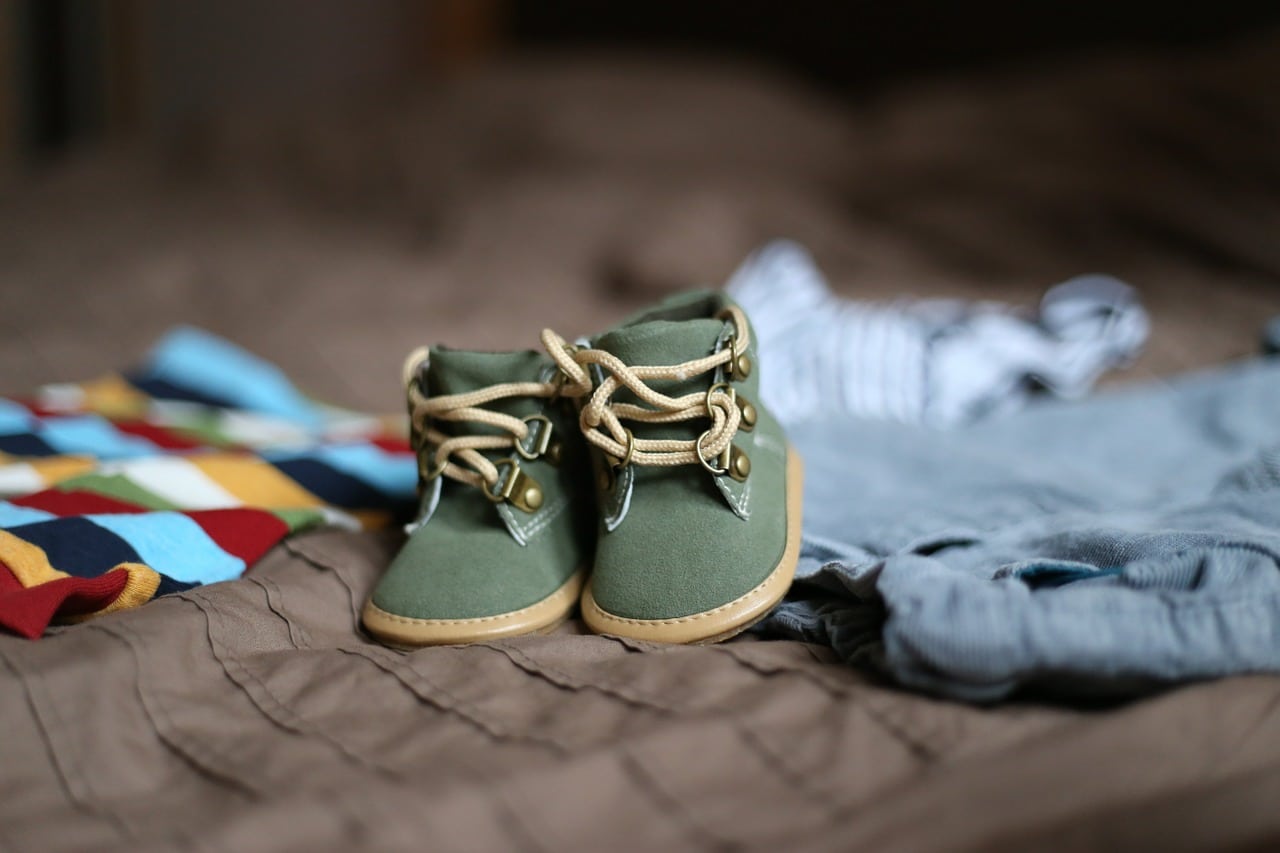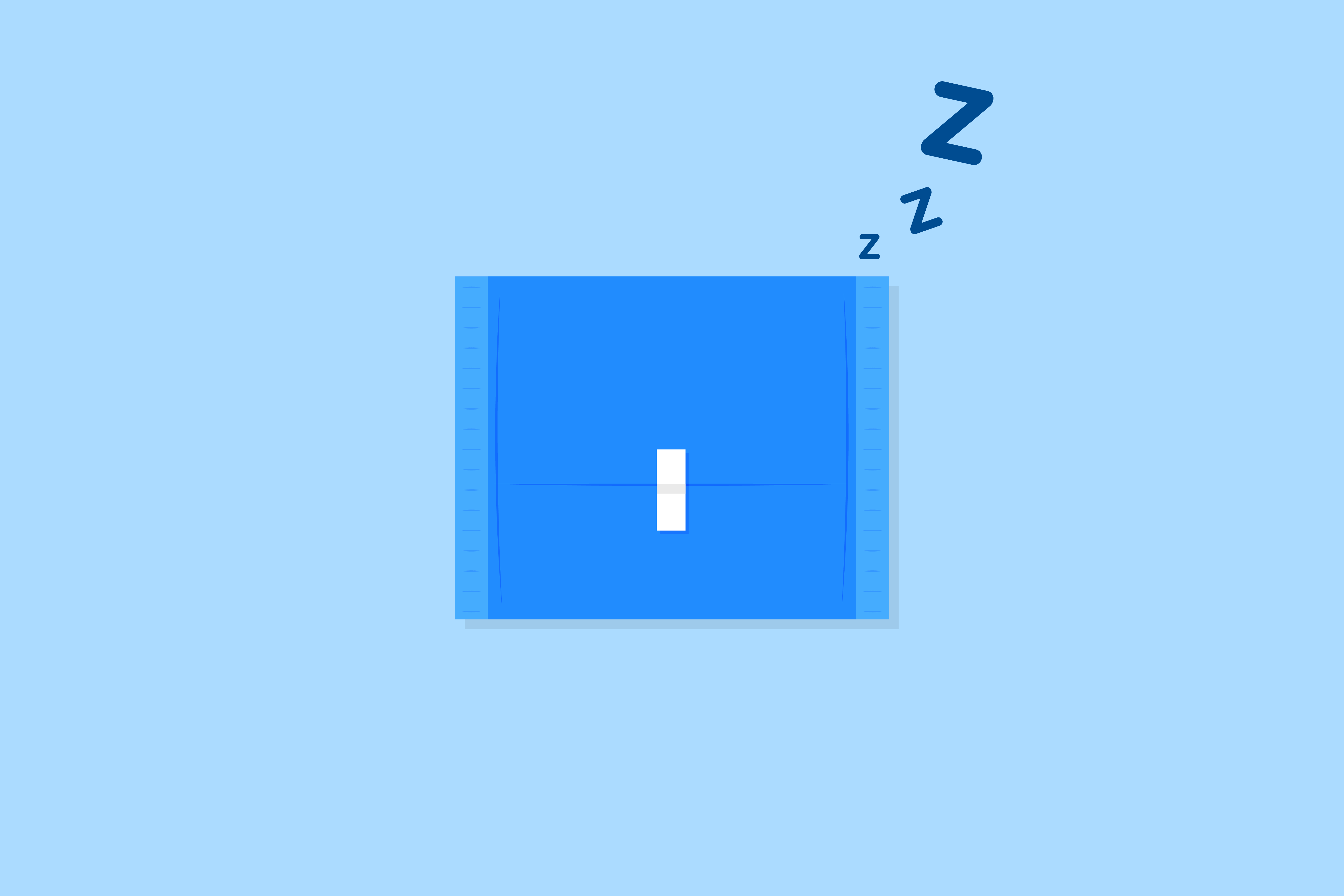Key Takeaways
- Understanding Osteoporosis: Osteoporosis is a condition that weakens bones, often leading to severe back pain, stooped posture, and compression fractures. Several factors, including nutritional deficiencies, hormonal changes, and sedentary lifestyles, can contribute to the development of osteoporosis.
- Sleep-Osteoporosis Relationship: Sleep plays a crucial role in bone health, with poor-quality sleep potentially increasing the risk of osteoporosis. Conversely, the discomfort associated with osteoporosis can significantly disrupt sleep, leading to insomnia, frequent awakenings, and increased susceptibility to sleep apnea.
- Best Sleep Practices: Implementing proper sleep practices, such as choosing the right sleeping positions (side sleeping with a pillow between the knees or sleeping on the back with a pillow under the knees), using supportive mattresses and pillows, and maintaining a consistent sleep routine, can help alleviate discomfort and promote better sleep quality for individuals with osteoporosis.
Osteoporosis is a condition that makes your bones fragile and weak. You need to be mindful of the position you sleep in. You need better spine alignment to get quality rest without straining your neck or back.
Sleep is vital for overall health and is also related to your bone health. Research reports that poor-quality sleep may be associated with associated osteoporosis.
This guide will help you understand the sleep–osteoporosis relation and tips on how you can manage it well.
Let’s dive right in.
What Is Osteoporosis?
Osteoporosis is Verified Source National Library of Medicine (NIH) World’s largest medical library, making biomedical data and information more accessible. View source a medical condition where your bones get weaker and fragile. It often Verified Source National Library of Medicine (NIH) World’s largest medical library, making biomedical data and information more accessible. View source gets too late to diagnose osteoporosis until a fracture occurs. However, the patient feels reoccurring back and neck pain.There are multiple causes of osteoporosis. Verified Source National Library of Medicine (NIH) World’s largest medical library, making biomedical data and information more accessible. View source For example, a diet low in calcium and vitamin D is a primary cause. Other causes include a diet low in protein or hormonal imbalance, which is prevalent in females. The condition is overall more common Verified Source Centers for Disease Control and Prevention (CDC) The United States’ health protection agency that defends against dangers to health and safety. View source in females, with various risk factor Verified Source National Library of Medicine (NIH) World’s largest medical library, making biomedical data and information more accessible. View source increasing chances of development.
Whatever the cause, people with osteoporosis face several discomforts in daily activities and movements. These symptoms are aggravated by improper sleep position and can impact your sleep quality.
Some of the most common features of osteoporosis include:
- Stooped posture
- Severe back pain
- Compression fractures cause a decrease in height over time
These symptoms cause several complications, such as
- Limited mobility
- Severe pain from fractures
- Constant discomfort that doesn’t get manageable with painkillers
Causes and Risk Factors of Osteoporosis
As we noted, there are several factors that can contribute to the development of osteoporosis:
- Nutritional deficiencies: Inadequate calcium and vitamin D intake can lead to weaker bones over time. These nutrients are essential for bone remodeling and maintaining bone mineral density.
- Hormonal changes: Lower estrogen levels during menopause in women or low testosterone in men increases bone loss. Certain medications like steroids also affect hormone levels negatively impacting bone health.
- Genetics: People with a family history of osteoporosis are more likely to develop it. Genetic disorders like Marfan’s syndrome, which affects the body's connective tissue, Verified Source Centers for Disease Control and Prevention (CDC) The United States’ health protection agency that defends against dangers to health and safety. View source also increase osteoporosis risk.
- Body frame: Having a small, thin body frame often indicates lower peak bone mass achieved during growth. This makes bones weaker and prone to osteoporosis.
- Excessive dieting: Chronic dieting, eating disorders like anorexia nervosa, and gastrectomy surgery can lead to poor nutrition, hormonal changes, and accelerated bone loss.
- Sedentary lifestyle: Lack of physical activity causes bones to weaken over time due to decreased bone remodeling. Weight-bearing exercises are essential to build bone density.
- Age: Bone mass peaks around age 30 and declines with aging. Post-menopausal women over age 50 are at highest risk of osteoporosis.
- Race: Caucasian and Asian women have a higher predisposition to the condition compared to African-American and Latino women.
Diagnosing Osteoporosis
Osteoporosis is called a “silent disease” because there are often no obvious symptoms in the early stages. Many people remain undiagnosed until a fracture resulting from weakened bone occurs. Diagnostic tests Verified Source National Library of Medicine (NIH) World’s largest medical library, making biomedical data and information more accessible. View source for osteoporosis include:
- Dual-energy X-ray absorptiometry (DEXA) scan: This is the gold standard test to diagnose osteoporosis and assess bone mineral density. DEXA Verified Source National Library of Medicine (NIH) World’s largest medical library, making biomedical data and information more accessible. View source uses low-dose X-rays to measure bone density at the spine, hip and wrist.
- Imaging tests: X-rays can help identify fractures or spinal compression indicative of established osteoporosis. Vertebral fracture assessment uses DEXA imaging to visualize fractures.
- Blood and urine tests: These help rule out secondary causes like nutritional deficiencies or disorders affecting bone health. Blood calcium levels are measured. (See also Does Lack of Sleep Affect My Blood Test Results?)
- Bone density test: This uses ultrasound waves to determine bone density and assess osteoporosis risk before fractures occur. It is a quick, painless screening tool.
Based on DEXA results, your doctor may classify your bone density as normal, low bone mass (osteopenia), or osteoporosis. Tracking bone density over time is key to monitor disease progression and treatment effectiveness. Early screening and detection of declining bone health can help prevent debilitating osteoporotic fractures.
How Sleep Affects Osteoporosis?
Sleep is the body’s time to repair and rejuvenate cells and bones. Multiple disruptions in your sleep can affect the natural repair process, leaving you with unrecognized troublesome symptoms.
A recent study Verified Source National Library of Medicine (NIH) World’s largest medical library, making biomedical data and information more accessible. View source has found that long-term and short-term sleep is associated with reduced estimated bone mineral density (eBMD) which is a potential risk factor for osteoporosis.Osteoporosis patients feel continuous discomfort — back pain and neck pain — while sleeping. This affects the natural bone remodeling cycle and accelerates the symptoms of osteoporosis.
This gets more complicated in females as their body is regulated by multiple hormones. Females need enough quality sleep for proper hormone functioning.
Insufficient or disturbed sleep in females affects their hormonal functioning, causing hormonal imbalances, which inhibit bone growth and exacerbate the bone loss process.
People with a long history of insomnia are on the verge and more susceptible Verified Source National Library of Medicine (NIH) World’s largest medical library, making biomedical data and information more accessible. View source to osteoporosis, especially post-menopausal women. This is why it is crucial to ensure you get a good night’s sleep.
How Osteoporosis Affects Sleep
Conversely, osteoporosis can significantly impact sleep in various ways. The chronic pain and discomfort associated with the condition often make it difficult to fall asleep and stay asleep throughout the night.
People with osteoporosis commonly experience throbbing, aching pain in the neck, back, and joints as bone loss progresses. This pain leads to difficulties finding a comfortable sleeping position and frequent nighttime awakenings.
“Recent studies in ‘The Lancet Neurology’ emphasize that poor sleep can contribute to various health issues,” says Dr. Jordan Burns. “To optimize sleep with osteoporosis, it’s essential to choose a mattress that offers both support and cushioning.”
“An adjustable bed frame can be a game-changer, allowing individuals to find the most comfortable and spine-friendly sleep positions. Additionally, maintaining a well-balanced diet with adequate calcium and vitamin D can further support bone health.”
Tossing and turning to alleviate pain causes further sleep disruption. The medications used to manage osteoporosis symptoms also sometimes have side effects like drowsiness or sleep disturbances.
Furthermore, osteoporosis increases susceptibility to compression fractures of the spine. These vertebral fractures cause nagging pain that prevents restful sleep. The sharp pain may worsen at night or with certain movements during sleep.
Fractures anywhere in the body due to osteoporotic bones will also require immobilization for healing. This stillness can impair sleep quality.
Insomnia and sleep apnea are other sleep disorders seen more frequently with osteoporosis. The structural changes in spinal bones increase the chances of developing sleep apnea.
On the other hand, the chronic pain and discomfort of osteoporosis may trigger insomnia. Lack of restorative sleep tends to further aggravate pain and accelerate disease progression.
This two-way relationship demonstrates how osteoporosis and disturbed sleep interact in a vicious cycle. Seeking appropriate treatment is key to managing both conditions effectively. Maintaining healthy sleep and lifestyle habits can help osteoporosis patients get the deep, restorative sleep needed for overall health.
Best Sleeping Positions for Osteoporosis
Sleeping in a position that doesn’t cause neck or back strain can potentially help you stay asleep for long hours — exactly what you need when you have osteoporosis.
Here are some sleeping positions that can help.
Side Sleeping with a Pillow Between Knees
The well-known fetal position with a pillow between your knees is recommended for people with osteoporosis. This position helps maintain the natural position of the spine and reduces pressure from your neck and back by keeping your spine, hips, and pelvis aligned.
“For individuals with osteoporosis, I recommend choosing a mattress that offers a balance of comfort and spinal alignment,” says Dr. Burns. “I prefer side sleeping for those with osteoporosis, as it can reduce pressure on the spine. Placing a pillow between the knees can further promote proper spinal alignment and comfort for a better night’s sleep.”
Sleeping on Your Back with Pillow Under Knees
Keeping a wedge pillow under your knees while lying on your back gives proper spinal alignment and comfort. It keeps your spine’s natural curve and eases any pressure on your lower back.
If you use an orthopedic pillow, you can also maintain a neutral position of your neck and reduce neck pain.
Reclining Position
People with certain types of spinal osteoporosis find lying flatly uncomfortable. The reclining position creates an angle between your trunk and thighs which reduces strain on the spine and hence, can aid in a good night’s sleep. You use a wedge pillow or adjustable bed to sleep at an incline.
How These Positions Can Help?
Support Optimal Spinal Alignment
Optimal spinal alignment reduces strain and helps you stay in bed for long hours with comfort. With minimal strain, you can reduce the possibility of fractures.
Promote Better Sleep
Comfort is necessary for better quality sleep. Sleeping for long hours is already difficult for patients with osteoporosis.
The above-mentioned sleeping positions greatly reduce strain and maximize comfort — promoting better quality uninterrupted sleep.
Reduce Pain and Discomfort
Back and neck pain are constant and reoccurring for osteoporosis patients. Sleeping positions, such as side sleeping with a pillow between your legs, reduces pressure from sensitive areas and promote proper alignment.
These positions soothe body pain and discomfort.
Minimal Bone Stress
By lying on your back with a pillow under your knees, you distribute the body’s weight evenly, minimizing stress on any specific bone or joint. It reduces stress on bones, reduces the risk of fractures, and minimizes bone loss.
Sleep Problems in Osteoporosis
The most common sleep problems faced by people with osteoporosis are:
- Difficulty Falling Asleep: The discomfort or pain associated with osteoporosis makes it difficult to fall asleep. The situation gets worsen when you start stressing about the condition.
- Frequent Nighttime Awakenings: To find a comfy position, you might often find yourself tossing and turning around. The need to change position can become a discomfort and lead to interrupted sleep.
- Insomnia: Osteoporosis causes chronic pain that can become the cause of a long-term sleep disorder — insomnia.
- Sleep Apnea: Osteoporosis patients can face repeated interruptions in breathing during sleep, with a high risk Verified Source National Library of Medicine (NIH) World’s largest medical library, making biomedical data and information more accessible. View source of developing sleep apnea.
Sleep Medications and Osteoporosis
Sleep medications like sedatives, hypnotics and tranquilizers are sometimes prescribed to manage sleep difficulties. However, these drugs come with side effects that can be harmful for people with osteoporosis.
Sedatives and hypnotics like benzodiazepines and ‘Z-drugs’ can cause daytime drowsiness, confusion and coordination issues that increase risk of falls and fractures. They also negatively impact bone health over long-term use.
Barbiturates, a type of sedative, are known to interfere with vitamin D metabolism and exacerbate bone loss. They also suppress adrenal gland functioning which can impact osteoporosis treatment.
Therefore, sleep medications should be used cautiously under medical guidance in osteoporosis patients. The lowest effective dose and limited duration is recommended to avoid complications. Non-drug approaches like cognitive behavioral therapy are safer alternatives to try first.
Tips for Better Sleep with Osteoporosis
To help you get a good night’s sleep, here are some useful tips.
Choose the Best Sleeping Position
For better sleep, you need to be in a comfortable position, with or without osteoporosis. The best sleep positions for osteoporosis patients are often on their side or back as they evenly distribute your body weight.
These positions help you maintain the alignment between your spine, hips, and pelvis.
Use Support
Strategically placed pillows, such as a pillow between your knees when lying on a side or a pillow under your knees when lying on your back, provide added support and comfort.
“Osteoporosis requires a thoughtful approach to sleep,” says Dr. Burns. “The choice of mattress and pillow is crucial. Look for a mattress that supports the spine’s natural curves, and select a pillow that supports the head and neck in alignment with the spine. For those with osteoporosis, a mattress with targeted lumbar support can make a significant difference.”
Quality Mattresses and Pillows
A firm mattress that evenly distributes your body weight and supports the body’s natural curve can enhance sleep quality. You can invest in a quality new mattress or mattress topper to contour the shape of your body with optimal support.
Memory foam pillows are also a good option to provide the necessary neck support by keeping it in a neutral position.
Maintain a Comfortable Sleep Environment
A supportive and healthy sleep environment can significantly contribute to better sleep. A cozy bed with quality bedsheets, blinds to minimize light from the outside, optimal room temperature, noise cancellation, and humidity can facilitate better sleep.
Follow a Consistent Sleep Routine
A consistent sleep schedule can help regulate your body’s internal clock, leading to better sleep and an easier time falling asleep fast at night.
Limit Napping
Daytime naps are powerful and can rejuvenate you during the day. However, frequent naps or napping for a long duration can disrupt your sleep schedule — making it harder to fall asleep at night.
Watch Out for Pre-Bedtime Habits
To get quality sleep, you should avoid eating anything that might disrupt your sleep quality. Taking caffeine and heavy meals close to bedtime can make it difficult for you to fall asleep.
Instead, you should engage in relaxing activities — reading a print book or a taking a warm bath, for example — or follow a wind-down routine
Stay Active During the Day
A sedentary or couch-potato lifestyle keeps you against quality sleep. For people with osteoporosis, it is advised to engage in physical activities that will help them prevent injuries. Overall, regular exercise can improve sleep.
When to See a Doctor
If you have osteoporosis and are experiencing chronic sleep issues or difficulties sleeping, we recommend speaking with your doctor. Sleep disturbances that persist for over 3-4 weeks warrant medical attention.
See your doctor if you regularly have issues like:
- Difficulty falling asleep fast or trouble staying asleep at night
- Frequent awakenings with pain during sleep
- Severe daytime fatigue affecting your daily activities
- Insomnia symptoms like difficulty falling asleep or early morning awakenings
Your doctor can first evaluate if the sleep issues are linked to underlying osteoporosis or are due to other conditions. A physical exam and medical history review will provide useful insights.
Based on the assessment, your doctor may order tests like blood work or a sleep study. Blood tests help identify vitamin deficiencies, thyroid disorders or other issues causing poor sleep. A sleep study can diagnose other potential conditions like sleep apnea.
If the sleep problems are associated with osteoporosis, your doctor can suggest medication adjustments or other treatment approaches to better manage your symptoms.
They may also refer you to a sleep specialist or physical therapist for additional therapies to improve sleep in osteoporosis patients. Cognitive behavioral therapy for insomnia is an effective treatment option as well.
Seeking timely medical advice is important to determine the cause of your sleep difficulties and develop an appropriate management plan. Good sleep is vital when living with osteoporosis, so consult your healthcare provider if you notice persistent sleep disturbances.
Frequently Asked Questions
What should you not do if you have osteoporosis?
If you have osteoporosis, you should watch out for activities that may cause falls or increase stress on fragile bones. causing fractures and bone damage. These activities may include high-impact exercises, such as running or jumping, as they can place excessive stress on the bones.
It is also important to steer clear of activities that involve excessive bending or twisting of the spine, as they can increase the risk of compression fractures. You should also avoid stomach sleeping as it increases pressure on your back.
What is the best natural way to treat osteoporosis?
While there is no definitive natural cure for osteoporosis, certain lifestyle changes and natural remedies can help manage the condition and promote bone health. Consuming a diet rich in calcium and vitamin D can aid in maintaining bone strength. Additionally, ensuring an adequate intake of other essential nutrients, such as magnesium and vitamin K, and maintaining a healthy body weight can contribute to the natural management of osteoporosis.
Naturally treating osteoporosis can also mean avoiding certain activities that place undue strain on your bones and body. However, engaging in weight-bearing exercises, such as walking, dancing, and careful stretches, can help strengthen bones and improve overall balance and flexibility.
Is a firm mattress good for osteoporosis?
You need a moderately firm mattress that distributes the entire body’s weight evenly, relieving pressure points. If the mattress is too firm, it will not evenly support your body and may cause discomfort. The same for a mattress that is too soft — you will have a hard time moving.
A medium-firm mattress can provide the necessary balance between comfort and support, ensuring proper spinal alignment and reducing pressure points. However, it is crucial to consider your individual preferences and consult with a healthcare professional to determine the most suitable mattress type based on specific needs and comfort levels.
Can lack of sleep cause osteoporosis?
Lack of sleep can have various negative impacts on overall health, but its direct link to causing osteoporosis has not been definitively established. However, chronic sleep deprivation can potentially affect bone health indirectly by contributing to increased stress hormone levels. These heightened hormones may interfere with bone formation and regeneration.
Plus, insufficient sleep can lead to other health issues that could indirectly affect bone health, as good sleep and physical health are closely interlinked.
Is osteoporosis worse in the morning or at night?
Osteoporosis does not necessarily worsen distinctly in the morning or at night. However, certain activities, such as morning movements and exercises, might pose a greater risk for individuals with osteoporosis due to the potential for increased strain on weakened bones.
Regardless of the time of day, it is important for individuals with osteoporosis to engage in safe practices and exercises recommended by their healthcare professionals to maintain bone health and prevent fractures.
What happens if you do nothing for osteoporosis?
If left untreated or unmanaged, osteoporosis can lead to an increased risk of fractures and bone-related complications. Neglecting to address osteoporosis can result in a gradual deterioration of bone strength and density, leading to an elevated susceptibility to fractures even from minor accidents or falls.
This is why it’s important to consult with a trusted healthcare professional for appropriate management and treatment options to prevent the progression of osteoporosis and reduce the risk of associated complications.
Conclusion
Osteoporosis comes with pain and discomfort, which often pose challenges to achieving a better night’s sleep. You need to try different sleeping positions to find out what’s working for you.
A better sleep environment, a consistent sleep schedule with a comfortable mattress, and an osteoporosis-friendly side sleeping position can help you with proper support to have enough quality sleep your body needs for bone remodeling.
About the author
Geoff McKinnen is a writer focusing mainly on the healthcare industry and has written articles on everything from foods to help you lose weight to the connection between Alzheimer’s and sleep. Geoff’s passionate about helping readers improve their well-being to lead happier lives. Outside of work, Geoff enjoys cycling and hiking and believes that by leading a healthy lifestyle, he can help others do the same.
View all posts





